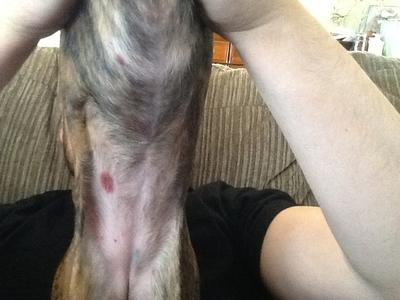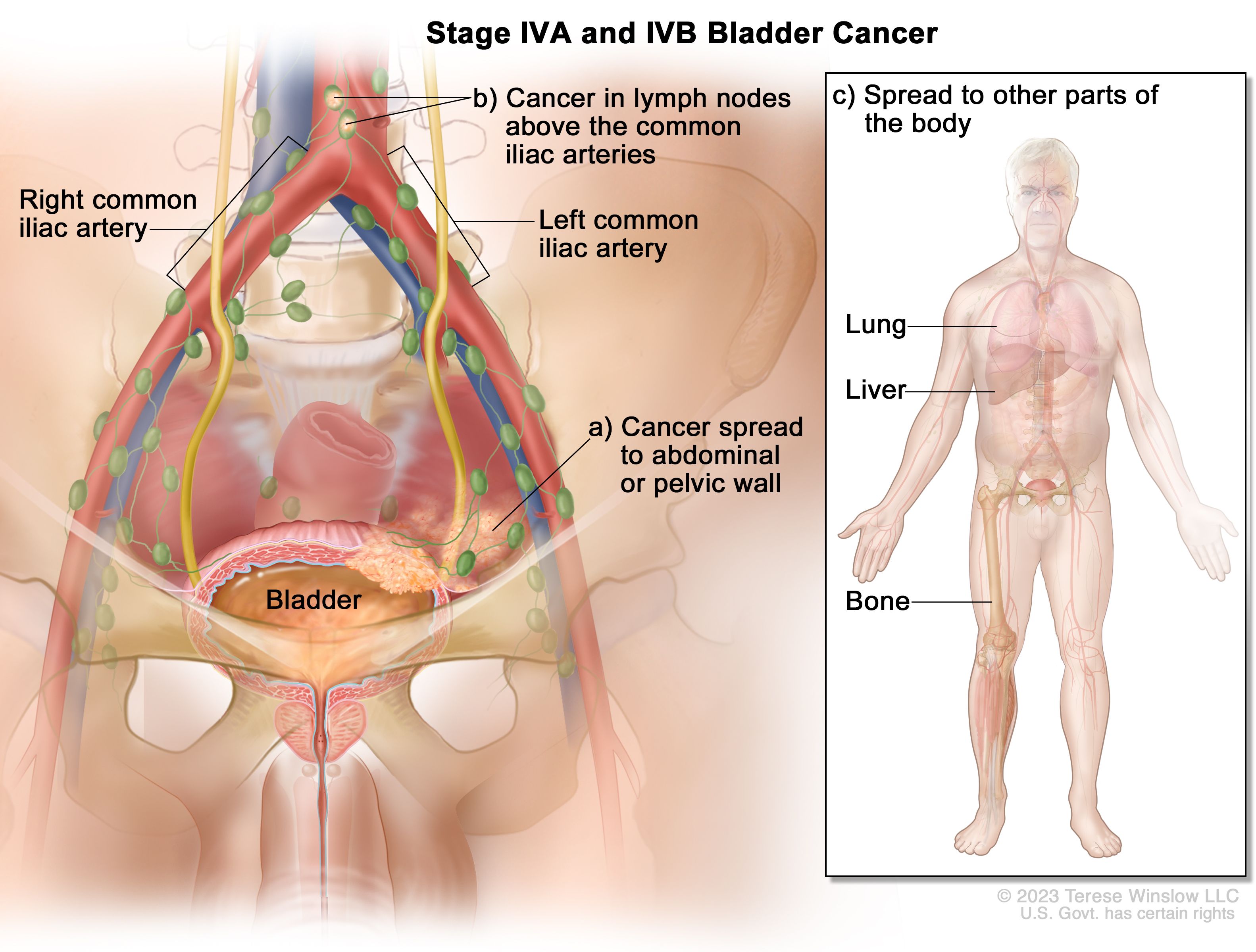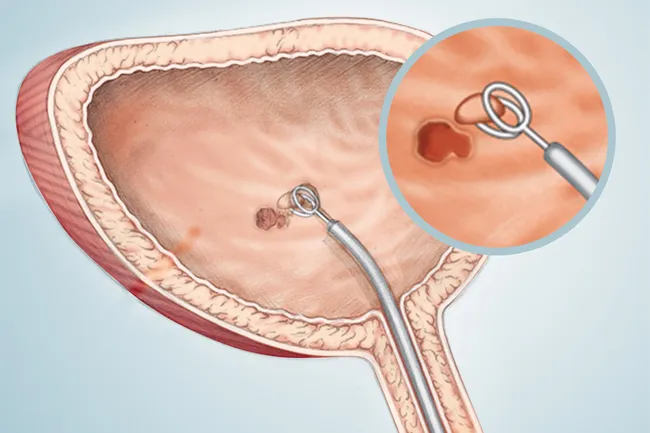2 Spots On Bladder


It seems you got urinary bladder wall thickening. This can be caused by infection, passinf of kidney stone into bladder ( inducing inflammation), or cancer ( transitional cell carcinoma-you surely want to rule this out). You need further investigation for definite diagnosis. Red spot in the bladder and pelvic pain. Posted by gulzar @gulzar, Jun 8, 2016 My Urology used cystoscopy and looked inside bladder when I was complaining from having microscopic blood in the urine and I had pain in the very low part closed to the pelvic bone or under belly and usually I wake up with that pain the walking or standing helps to. : A camera in the bladder is a procedure called cystoscopy. Unfortunately, without being at the procedure or seeing captured images, i can't be certain what the spots might be. It can range from benign or inflammatory changes to spots that might be suspicious for bladder cancer. Fibroepithelial polyps are rare, noncancerous polyps that form in the ureters and top of the bladder. Sometimes children are born with this type of polyp. In other cases, these polyps are caused. It didn’t dawn on me what that fuzzy spot could really be. We scheduled a follow-up a week later which I thought was just to make sure that I was ok. A New Bladder Amanda and I met up on Friday August 19th at the VA Urology office for our 2:30 appointment to go over the standard follow-up and the formality of seeing what the biopsy report said.
Individuals with bladder lesions can choose from a variety of treatments. Noncancerous lesions can be cauterized. The four standard treatments for cancerous lesions include radiation therapy, chemotherapy, biologic therapy, and surgery. Treatments being tested in clinical trials include chemoprevention and photodynamic therapy. One of the surgical options is radical cystectomy, a procedure that involves removing the bladder, lymph nodes, and any nearby organs that are cancerous.
It is possible to eliminate a bladder lesion by burning it off. This technique is called fulguration of the bladder. Doctors use tools such as an electrocautery or laser to perform this procedure. Fulguration may be used in cases of interstitial cystitis and in patients that have Hunner's ulcers. Patients undergoing this procedure are given general or spinal anesthesia.
2 Spots On Bladder Leakage
Cancerous lesions can be treated with chemotherapy. This form of treatment kills the cancer cells and stops them from dividing. Patients can receive chemotherapy orally or have it injected into a muscle or vein. It is common for patients with bladder tumors to receive the chemotherapy through a tube inserted into their urethra. When the drug enters the bloodstream, it can reach the cancerous cells.
Radiation therapy involves using high energy x-rays to destroy cancerous cells. Patients with cancerous bladder lesions can receive either external or internal radiation therapy. For external radiation therapy, a machine is placed near the body and directs radiation towards the bladder cancer. Internal radiation therapy is administered by inserting a radioactive substance directly into the lesion or in tissue that is nearby.

Photodynamic therapy can also be used to kill cancerous cells. It involves using a drug that is only activated when exposed to light. The patient receives the medication intravenously (IV). Once the drug enters into the body it remains in the cancerous cells longer than in normal cells. When the drugs are activated by a specific type of light, the cancer cells die.
Some cancer patients may be interested in clinical trials to treat their bladder lesions. These trials play a pivotal role in cancer research, testing new cancer treatments to determine safety and effectiveness. Those who participate, help to improve the way cancer is treated in the future.
2 Spots On Bladder Prolapse
Surgery is an option for those with early-stage or invasive bladder cancer. In early-stage cancer, a segmental cystectomy can be performed. A surgeon will remove only the portion of the bladder that contains the bladder lesions. If the cancer has invaded the deepest layers of the bladder wall, surgery to remove the entire bladder may be necessary. Those undergoing surgery as a treatment option risk infection and bleeding.